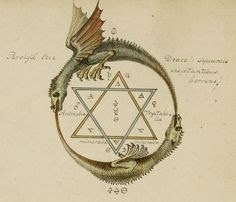The Sacred Mask Dance of Nepal
The masked dance is a sacred ritual that has been practiced in Nepal for centuries. It carries an ancient system of performance art intertwining mythical, human and godly figures combined with stories told in a theatrical style, helping to portray the sacred, mundane and enlightened realities. The mask allows the dancer to enter into a dreamlike state, where they can enact any myth, legend, drama, literature, poetry, dance, and music.
Masked dances evoke a range of emotions. The dancers, who wear elaborate masks, are said to have shape-shifting abilities, and the dance is performed with a vital spiritual significance. It is a psychosomatic experience that allows the dancer and the observers to connect with their subconscious minds and tap into a higher level of consciousness. It is a spectacular spectacle and can be intimidating to watch. This is a way to explore strange realms and experience the raw, unconscious form of the universe.
The mask is used as a tool to idealize space and create a tangible representation of the intangible. The idealization of space in the masked dance of Nepal is a complex phenomenon. Masked dance is performed in many places around the country. They are performed in temples, monasteries, streets, and in public squares.
It is through the mask that the dancer can access the astral and cosmic realms of the divine reality. The dance is cathartic and purifying, allowing the dancer to release any negative energy from the community and the localities.
While most people know this art form for its ceremonial value, few are aware of its deeper roots. Like other ancient art forms of Nepal, the dance is a celebration of the gods and their manifestations in human form. The dancers' masks are often manifestations of gods and are worshipped before and after the performance. The dancers who wear the masks do not speak but perform with the help of musicians who recount the story of the drama. In some cases, dancers lift their masks into the air to symbolize their ability to fly or other supernatural abilities.
The masks used during masked dances vary in color depending on the figure incarnated. The masks may also have various ornamentation or iconographic design, depending on the deity being represented. The masks are held on by strips of white cloth. These strips of cloth are often made into masks, but some are fixed over the dancers' heads and bodies.
These dances are rituals that represent the human soul's emergence from the veiled unconscious realm. In addition, these performances are an insight into the rich culture of Nepal. It is also an opportunity to see a different side of Nepal.
The masked dance is an experiential journey that will leave a lasting impression on those participating and observing.


Comments